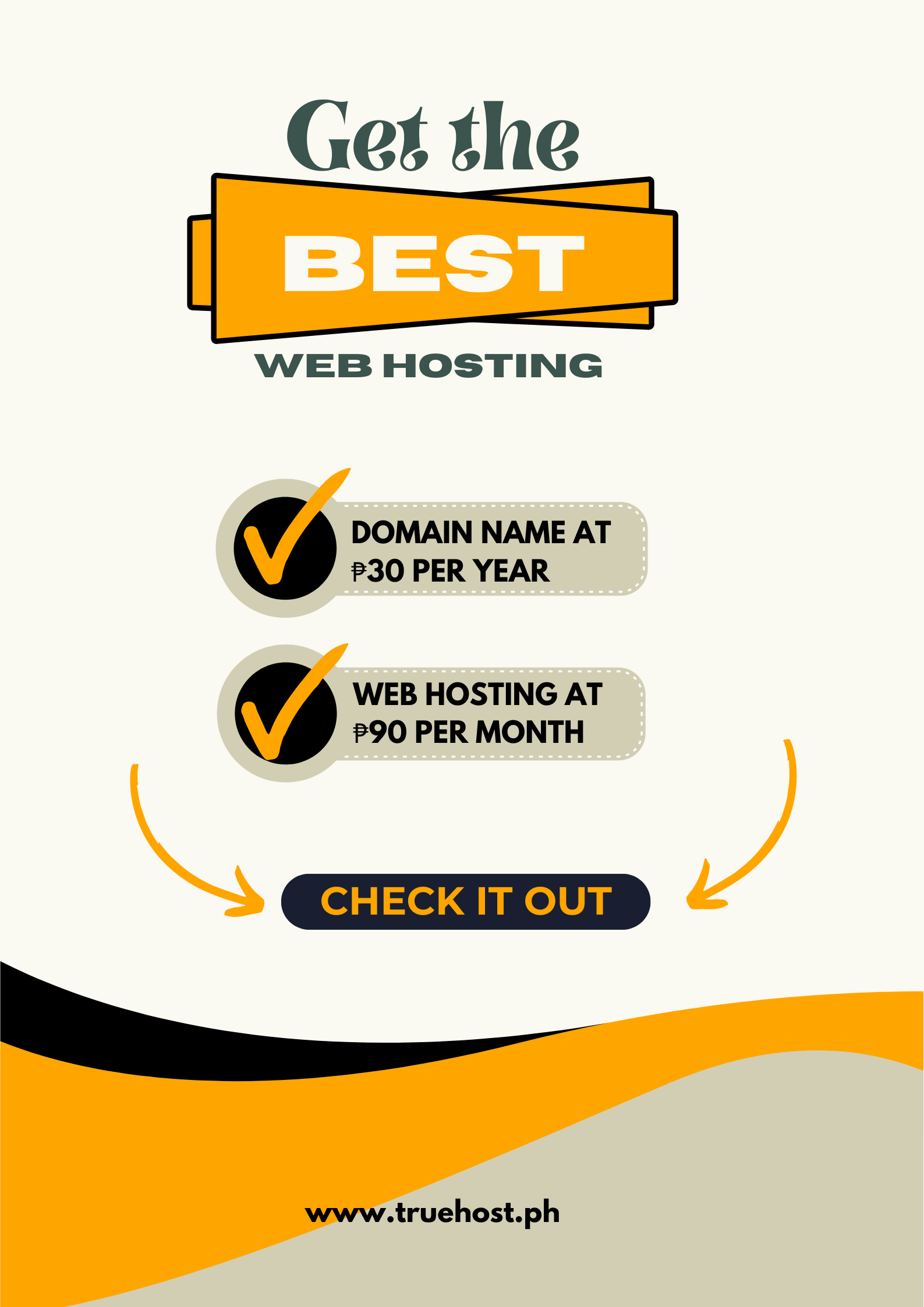So you want to start a blog in the Philippines? One of the first decisions you’ll need to make is choosing a web host for your new website.
The hosting provider stores all the files for your site on their servers and makes your content available on the internet.
Choosing the right hosting is crucial for providing a fast, reliable, and secure website for your visitors.
The wrong hosting can result in slow load times, frequent downtime, and even security issues.
Here’s what you need to know as a blogging beginner to choose the best Philippines web hosting for your new WordPress site.
How Do I Choose the Right Hosting?
Here are some key factors to consider when selecting a web host:
- Server location – For fast load times, choose a host with servers located geographically close to your visitors in the Philippines. Local servers provide lower latency.
- Resources – Pick a plan with adequate storage space, bandwidth, and RAM for your needs today and in the future as your site grows.
- Reliability – Check reviews and uptime statistics to find a reliable host with minimal downtime.
- WordPress expertise – Select a host that specializes in optimizing servers for WordPress sites.
- Security – The host should use technology like firewalls to protect your site from cyber threats.
- Support – Look for 24/7 customer support via live chat, email, phone, and tickets.
- Price – Compare prices across hosts for the best value. Avoid hosts that seem too cheap to be true.
Read also: How To Choose a Good Web Hosting Provider in the Philippines: 7 Tips
What Kind of Hosting Do I Need for WordPress?
WordPress has some unique hosting requirements, being a PHP/MySQL-based platform. Here are the recommended hosting options:
- Shared hosting – Good for new sites with low traffic. Resources are shared with other accounts on the server.
- WordPress hosting – Optimized WordPress environment on servers with caching and security features.
- VPS hosting – Virtual private server resources ideal for medium-traffic sites.
- Dedicated hosting – Managed or unmanaged single-tenant physical server. Best for high traffic.
- Cloud hosting – Scalable clustered hosting on platforms like AWS, Google Cloud, or Azure.
Many WordPress hosts offer free domain registration, email accounts, and SSL certificates for your security.
What is the Difference Between WordPress Hosting and Web Hosting?
Web hosting is general-purpose hosting suitable for hosting any kind of website. WordPress hosting is a specialized type of web hosting optimized specifically for WordPress sites.
WordPress hosting provides:
- Integrated WordPress installer for easy setup
- Pre-configured caching for faster performance
- Server-level security protections
- PHP and MySQL optimized for WordPress
- Ability to handle spikes in traffic
- 24/7 WordPress-knowledgeable support
- WordPress-specific tools, like automated backups and staging sites
The optimized environment of WordPress hosting allows your site to run faster and handle more visitors.
The extra features and expert support help take the headache out of managing a WordPress site.
Can I Host My Website Myself?
You have a couple of options for self-hosting your own website in the Philippines:
- Using your own computer as a server – This involves keeping your computer running 24/7. It requires setting up server software like Apache and configuring your router for port forwarding. Generally not recommended for blogs.
- Cloud virtual private server (VPS) – A VPS emulates a dedicated server, but is hosted on a cloud platform like DigitalOcean, Linode, Vultr, or AWS Lightsail. Gives you full server access to install software yourself. More technical expertise required.
While self-hosting is possible, it does involve significantly more technical administration.
For beginners, it’s often better to use a managed WordPress host so you can focus on creating content rather than server configuration.
What are the Steps to Host a Website?
Here is an overview of the typical steps to set up hosting and launch your WordPress site:
- Choose a domain – Your domain (www.mysite.com) identifies your site on the web. Pick a short, memorable one that’s available.
- Select a hosting plan – Compare WordPress hosts and choose a plan fitting your budget and needs.
- Sign up for hosting – Create an account with your selected host and enter your payment info.
- Install WordPress – Most hosts make this a one-click step. The files are installed on your account.
- Log in to WordPress admin – You can now log into your site’s /wp-admin using your hosting account.
- Pick a theme – The theme controls the appearance and layout of your site. There are thousands to choose from.
- Customize your site – Edit your content, adjust settings, add plugins and widgets as desired.
- Publish content – It’s time to create your first blog posts and pages!
And that’s it!
With your hosting set up and content published, your WordPress blog is now live on the web for all to see.
Summary
- Choose a reliable Philippines host with WordPress expertise and local servers.
- Shared hosting works for smaller blogs, while managed WordPress hosting is recommended.
- Dedicated and cloud hosting have more resources for bigger sites.
- Self-hosting is more complex and requires technical skills.
- With a hosted plan, you get support and can focus on creating content.
We covered the key things you need to know as a beginner looking to host your first WordPress site in the Philippines.
Focus on picking a quality local host, and the rest of getting your site live is fairly straightforward.
Here’s to launching your blogging journey!
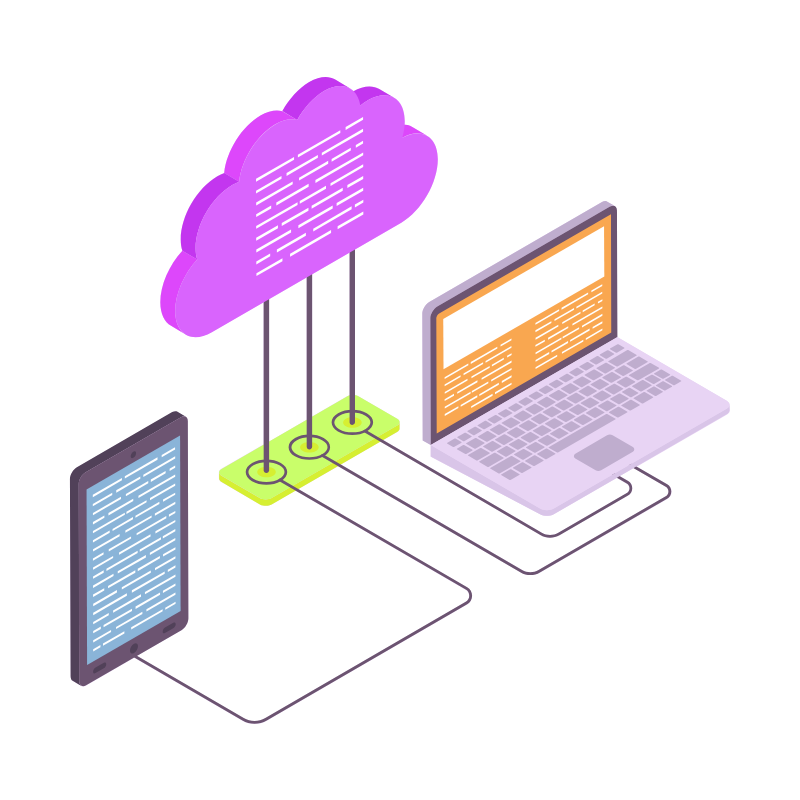 Web HostingCost-effective shared hosting solutions
Web HostingCost-effective shared hosting solutions Reseller HostingStart your own hosting business without tech hustle
Reseller HostingStart your own hosting business without tech hustle Affiliate ProgramEarn commission by referring customers to our platforms
Affiliate ProgramEarn commission by referring customers to our platforms cPanel HostingHosting powered by cPanel (Mostly user friendly)
cPanel HostingHosting powered by cPanel (Mostly user friendly) Windows HostingOptimized for windows based-applications and sites
Windows HostingOptimized for windows based-applications and sites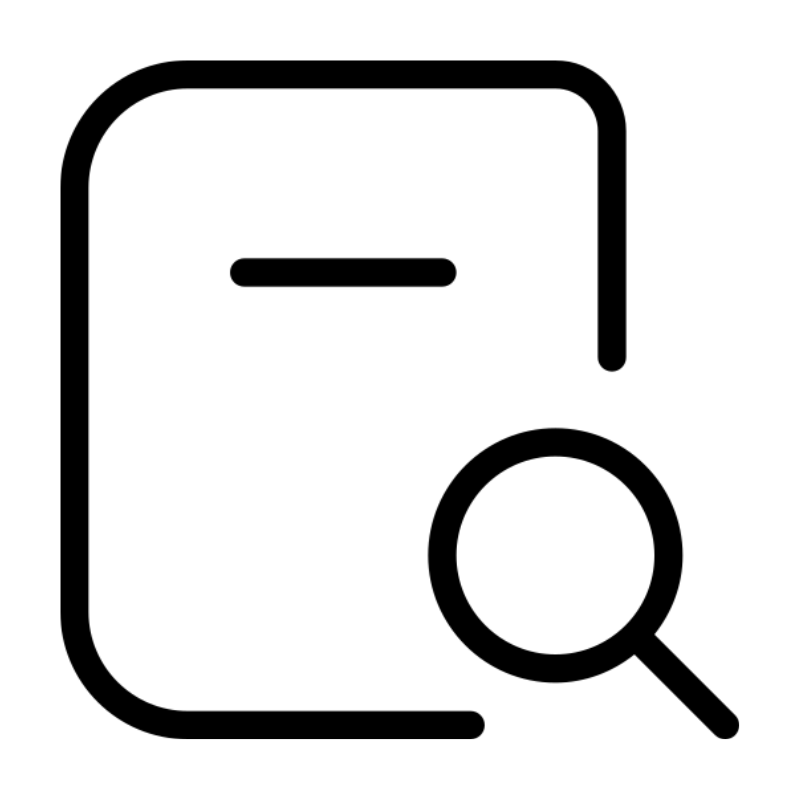 Domain SearchFind and register available domain names in seconds
Domain SearchFind and register available domain names in seconds All DomainsExplore and register domain extensions across the world
All DomainsExplore and register domain extensions across the world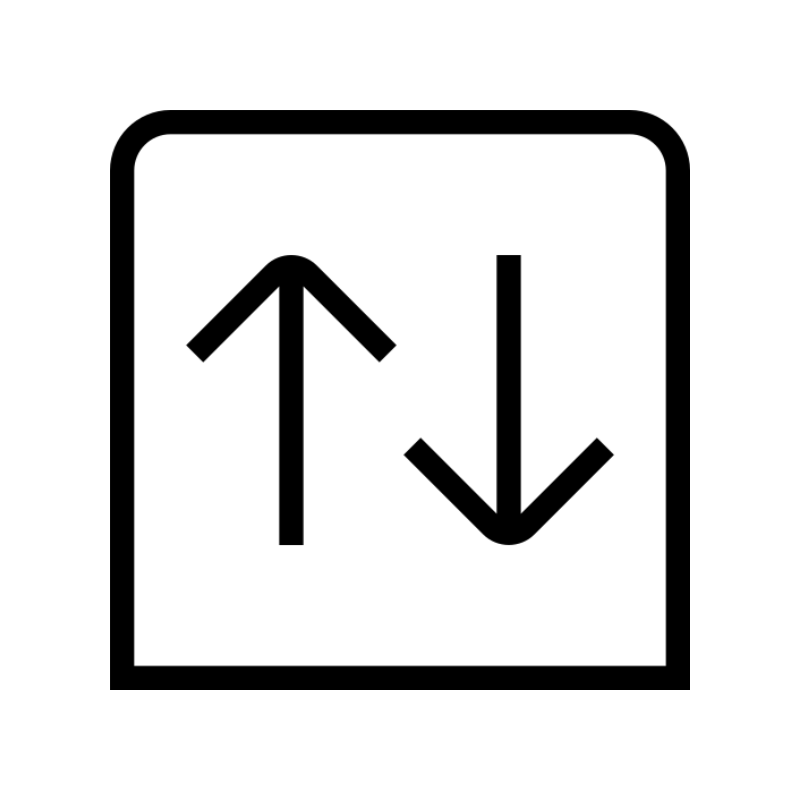 Domain Transfermove your domain to us with zero downtime and full control
Domain Transfermove your domain to us with zero downtime and full control Whois LookupLook up domain ownership, expiry dates and registrar information
Whois LookupLook up domain ownership, expiry dates and registrar information .com DomainSecure the most recognized domain for global credibility
.com DomainSecure the most recognized domain for global credibility VPS HostingScalable virtual servers. Full root access. Faster speed.
VPS HostingScalable virtual servers. Full root access. Faster speed.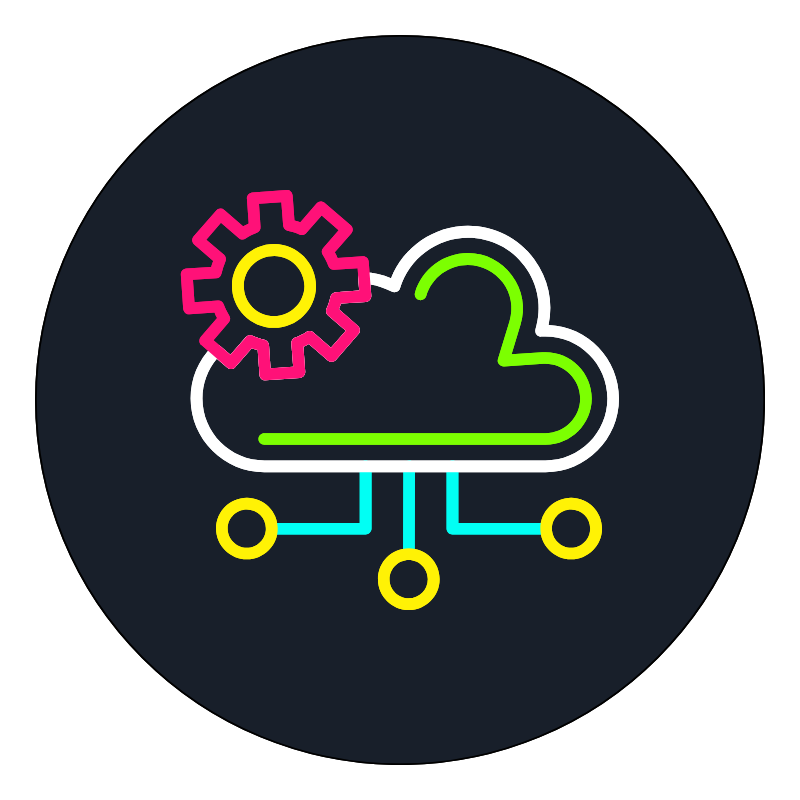 Managed VPSNot a tech expert? Choose our fully managed VPS server.
Managed VPSNot a tech expert? Choose our fully managed VPS server.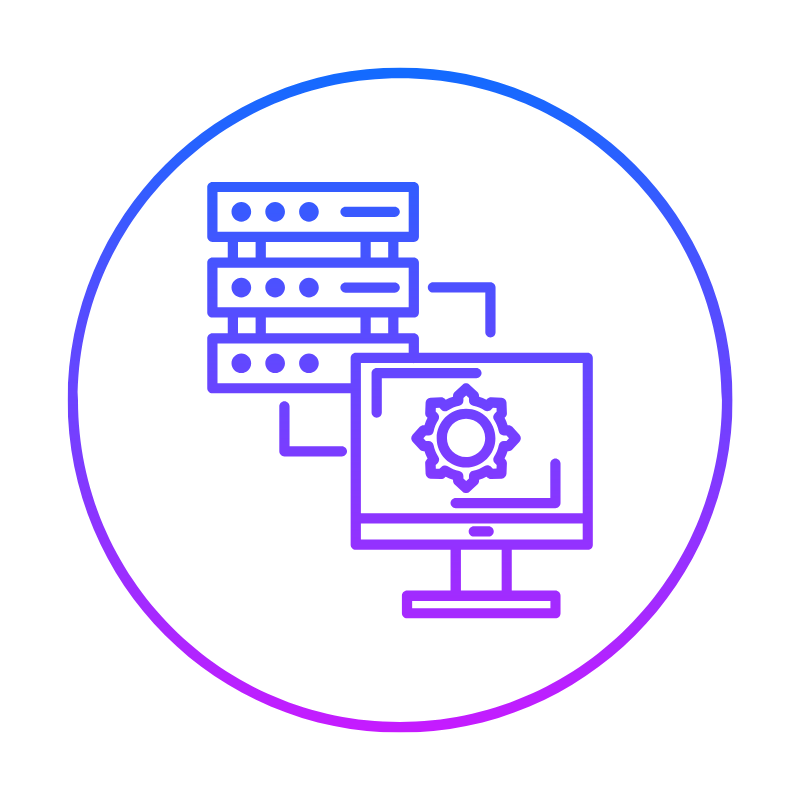 Dedicated ServersGet the full power and complete control of your own physical server.
Dedicated ServersGet the full power and complete control of your own physical server.